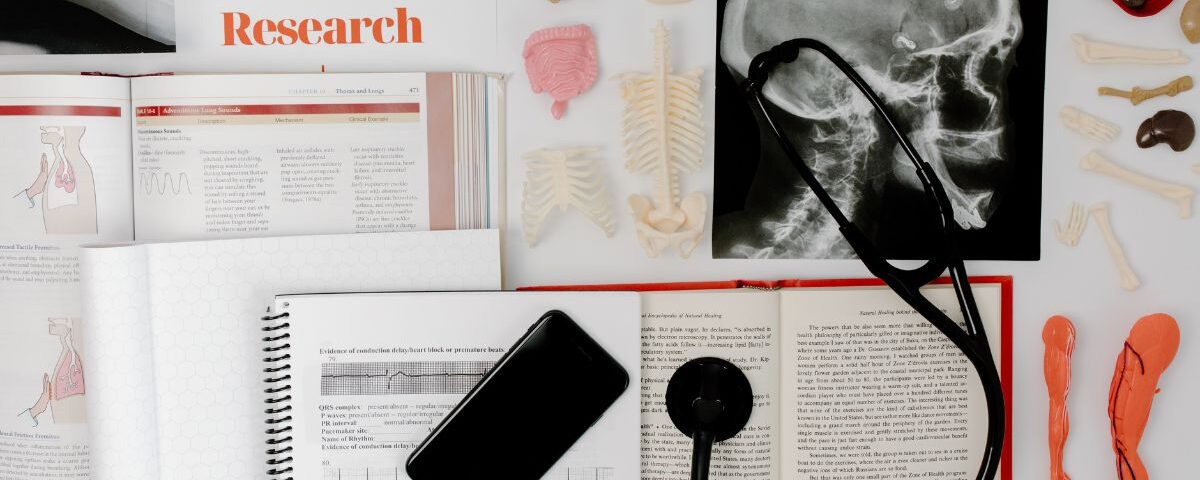Let’s be real: physiology is one of the most foundational subjects in medical school—but it’s also one of the most frustrating. With endless diagrams, loops, and feedback mechanisms, it can feel like your brain needs its own flowchart just to process the material.
From renal transporters to cardiac cycle graphs and acid-base balance charts, the complexity builds fast. And if you’re staring at your notes thinking “I don’t get this…”—you’re not alone.
But here’s the good news: you don’t have to suffer through it alone. At SGA Middletown, students are finding new, simplified ways to study physiology—and they’re actually starting to enjoy it.
Why Physiology Diagrams Feel So Overwhelming?
Physiology isn’t just about memorizing names—it’s about understanding dynamic processes. The body’s systems are in constant interaction, and most physiology textbooks show that in busy, multi-step diagrams that look more like circuit boards than study material.
Common pain points:
- Too many feedback loops (endocrine, renal, respiratory)
- Similar-looking graphs that require tiny detail recognition
- No clear “start” or “end” to many pathways
- Charts that assume you already understand everything
This makes it hard to even know where to begin, especially before exams.
The Simplified Physiology Study Strategy (That Actually Works)
Here’s how students at SGA Middletown are mastering physiology without getting buried in confusing visuals:
1. Start With Concept Maps, Not Diagrams
Before diving into textbook visuals, create a simple concept map of the system. What’s the input? What’s the output? What controls it? Use arrows and plain words. Once the basic flow is clear, the diagram will make more sense.
2. Use Color-Coding to Break Down Pathways
Pick 3–4 key colors and assign them:
- Blue = Input
- Red = Output
- Green = Control
- Yellow = Feedback
This way, your eye can follow the system visually without reading every label.
3. Watch Animated Physiology Videos
Platforms like Osmosis, Ninja Nerd, and Armando Hasudungan break complex physiology into step-by-step animations. These videos make diagrams come alive—and finally make sense.
4. Attend SGA Peer Review Sessions
SGA Middletown offers student-led physiology reviews that simplify tricky concepts into digestible pieces. Think of it as Physiology for People Who Hate Physiology. You’ll walk away with real understanding—and fewer headaches.
5. Practice With Simplified Flashcards (Not Just Notes)
Use Anki decks or paper flashcards focused on cause-effect relationships, not just definitions. For example:
“What happens to ADH release when plasma osmolarity increases?”
Flashcards like this reinforce the “if-this-then-that” logic of physiology.
Conclusion:
If physiology diagrams are frying your brain, take a breath—and take a new approach. At SGA Middletown, we’re helping students learn to love the logic behind the loops.
You don’t need to memorize every line of a nephron drawing. You just need to know how it works, and how to simplify it.
The body is complex—but your study strategy doesn’t have to be.
FAQs
Why are physiology diagrams so hard to understand?
They’re packed with information, but often lack a clear flow or explanation for beginners. They assume a baseline understanding that most first-time students don’t yet have.
Should I ignore diagrams completely when starting?
No—but start with your own simplified flowcharts first. Once the concepts are clear, revisit textbook diagrams to reinforce visual memory.
Is watching videos better than reading textbooks for physiology?
For many visual learners, yes. Videos help break down movement, timing, and control loops that are hard to grasp from static images.
How can I make physiology stick for exams?
Use spaced repetition, mnemonics, and cause-effect flashcards. Practice applying concepts to clinical cases, even simple ones.




